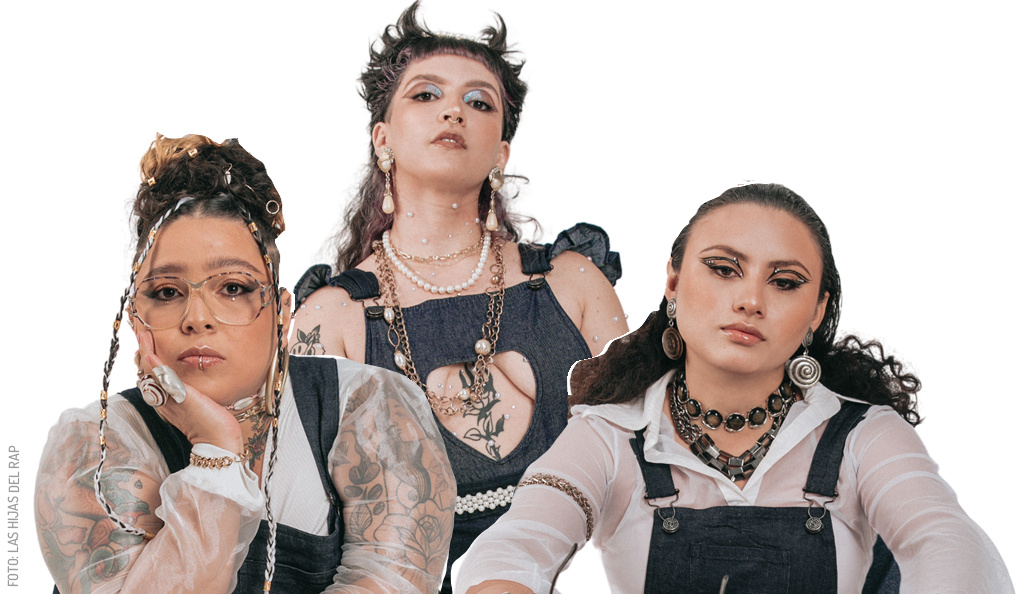
The Legend of Xtabay
Xtabay (pronounced esh-ta-bye): a fantastical Yucatecan woman, with long dark hair, dressed in white. Akin to a mermaid, the Xtabay floats between the spiky thorns of a ceiba grove. There, she brushes her hair and waits for drunk, lost men, who find themselves stumbling through the night.
In the man’s altered state, she seduces him, bringing him to endure curious methods of torture, sometimes ending in death, by throwing him into the water well – into the underworld. Still today, men throughout Yucatán report encounters with the mystifying Xtabay. She comes hunting during times of delusion and blurry vision.
The origin of Xtabay comes from the Maya legend of two attractive sisters with different characters living in a remote pueblo of Yucatán: Xkeban and Utz-Colel. Xkeban was emotional, doting, and sexually liberal. She had many lovers and was known for her humility. She shared all of her belongings with stray animals and homeless people, even though she was considered a sinner.
Utz-Colel was a woman of rigid purity, considered upright by social standards. She was equally beautiful, but she had a condescending opinion about her sister. To Utz-Colel’s surprise, when Xkeban died, a sweet, delicious perfume filled the air of the entire pueblo. A small group gathered to bury her body, and from her grave grew fragrant flowers, including Xtabentún, which is the flower of the traditional liqueur still consumed today.



Utz-Colel was surprised by this beauty that the death of her sister left behind. Haughtily, she thought that her own death would be more celebrated. When she died, the entire pueblo went to her funeral, but there was a wicked stench in the air, and from her grave grew a spiky, cactus plant called “tzacam.” Unhappy with this, Utz-Colel had a vendetta with death, so she came back to the land of the living as Xtabay, dedicated to seduce and punish wayward men.
Local high school teacher Edgar Pérez Aguilar explained to me that the legend was modified by the priests of the colonization in order to create order. Using the original Maya symbols, the priests manipulated the legends in order to promote the agenda of the colonization. For example, in this legend, the sacred ceiba tree takes on a shade of darkness, a symbol of mysterious evil. By transforming the connotation of the tree from good to bad, the colonizers could promote Christianity as salvation. As a result, the legend is considered “mestizo,” a combination of indigenous and Spanish culture.
Visit the monument: A huge statue of the beautiful Xtabay wrapped around a ceiba tree can be found in the glorieta of Chichi Suarez. Inside, you’ll find inscriptions of the centuries-old legend.
Editorial and Photography by Amanda Strickland for use in Yucatán Today

Author: Amanda Strickland
I am an anthropologist and filmmaker. Originally from a small town in Mississippi, I began my love affair with Yucatán in the summer of 2011, sweating in the deep heat of the Puuc. I worked five field seasons as an archaeologist, while also founding the non-profit Ko’ox Boon.
In love with Yucatán? Get the best of Yucatán Today delivered to your inbox.
Related articles

Bacila Tzek Uc
Bacila Tzek Uc (1928–2025): Honoring the legendary Maya midwife of Yucatan. Discover her ancestral wisdom and the documentary "Jats'uts Meyah."
Las Hijas del Rap, an activist collective from México's southeast
Listen to Las Hijas del Rap, an activist collective from Mexico's southeast blending their roots and experiences in their powerful hip-hop music.



